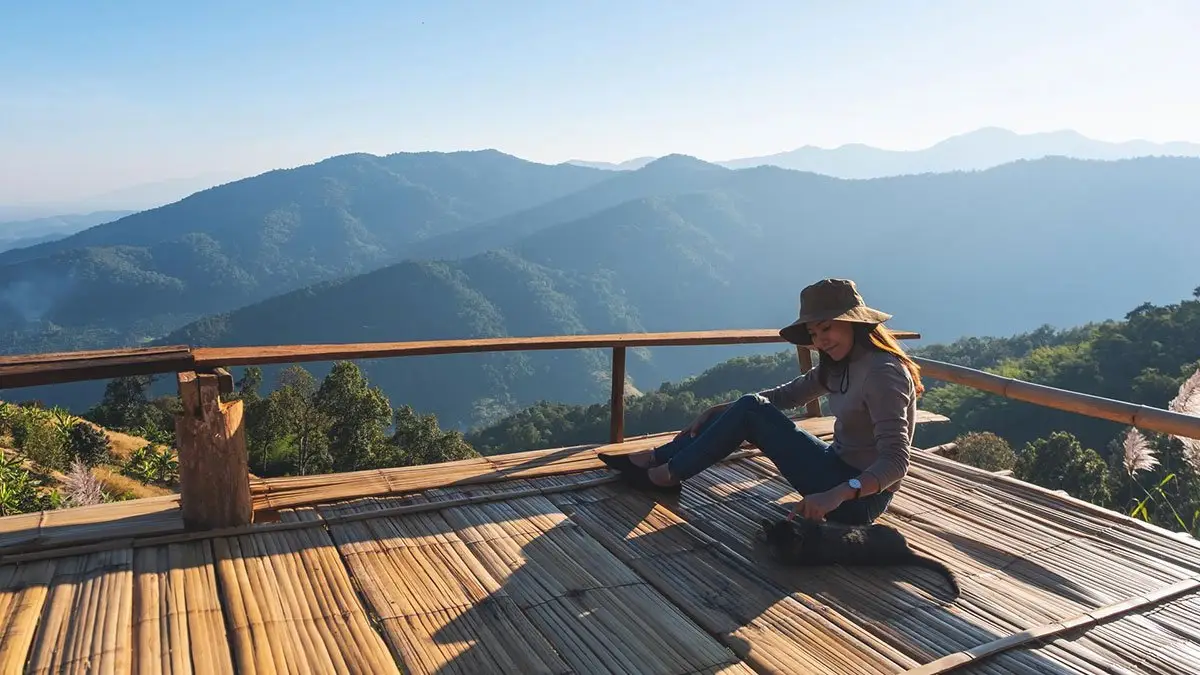Imagine strolling down a busy city street, surrounded by towering buildings and the constant hum of traffic. Suddenly, a flash of color catches your eye – a vibrant butterfly flutters past, landing gracefully on a flower growing from a crack in the sidewalk. Welcome to the world of urban wildlife, where nature finds a way to thrive in the most unexpected places!

We often think of cities as concrete jungles, devoid of wildlife. But look a little closer, and you’ll discover a hidden world of animals and plants that have adapted to life among the skyscrapers. These wild urban spaces are full of surprises, offering a unique opportunity to connect with nature right on our doorsteps.
The City Slickers: Animals Adapting to Urban Life
Many animals have become expert city dwellers, finding clever ways to make the most of urban environments. Take the peregrine falcon, for instance. These speedy birds have swapped cliffs for skyscrapers, nesting on tall buildings and feasting on pigeons. It’s like they’ve found their own high-rise apartments with an all-you-can-eat buffet!
Or consider the resourceful urban foxes, who’ve learned to navigate city streets as skillfully as any human resident. They’ve traded their woodland diets for leftover takeaways and have become masters at dodging traffic. It’s as if they’ve taken a crash course in city living!
Even plants are getting in on the action. Have you ever noticed flowers blooming in the cracks of sidewalks or vines creeping up old buildings? These hardy plants are nature’s graffiti artists, adding splashes of green to the urban canvas.
Biodiversity Hotspots: Nature’s Urban Oases
You might be surprised to learn that some cities are biodiversity hotspots, rivaling natural areas in the variety of species they support. Parks, gardens, and even abandoned lots can become havens for wildlife.
For example, London’s parks are home to more than 1,500 species of flowering plants and 300 species of birds. That’s more biodiversity than you’d find in many rural areas! It’s like a nature reserve hidden in plain sight.
In New York City, Central Park serves as a crucial stopover for migratory birds. During spring and fall migrations, birdwatchers can spot over 200 species of birds in this urban oasis. It’s like a five-star hotel for feathered travelers!

Connecting with Urban Nature: Your Neighborhood Safari
You don’t need to travel far to experience the wonders of urban wildlife. Here are some tips to help you discover nature in your city:
1. Look up! Many birds and insects make their homes in trees and on buildings. You might spot a nest or a beautiful butterfly you’ve never noticed before.
2. Visit local parks and green spaces. Even small pocket parks can be surprisingly rich in wildlife.
3. Join a local nature group. Many cities have organizations that offer urban nature walks or birdwatching tours.
4. Create your own wildlife-friendly space. Whether you have a backyard or just a windowsill, you can plant native flowers to attract pollinators.
5. Keep an eye out for urban wildlife corridors. Rivers, railway lines, and even street trees can serve as highways for urban animals.
Challenges and Coexistence
Of course, urban wildlife faces many challenges. Habitat loss, pollution, and conflicts with humans are ongoing issues. But many cities are working to become more wildlife-friendly. Green roofs, wildlife crossings, and urban rewilding projects are helping to create safer spaces for animals in our cities.
As city dwellers, we can play a part in supporting urban wildlife. Simple actions like reducing light pollution at night, keeping our distance from wild animals, and properly disposing of trash can make a big difference.
The Beauty of Urban Biodiversity
Discovering nature in the city isn’t just good for wildlife – it’s great for us too! Studies have shown that connecting with nature, even in urban settings, can reduce stress and improve our well-being. It’s like having a little piece of wilderness therapy right outside your door.
So next time you’re out and about in your city, take a moment to look around. That pigeon on the sidewalk, the dandelion growing through the cracks, the squirrel darting across the park – they’re all part of a thriving urban ecosystem. By appreciating and protecting these wild urban spaces, we can create cities that are vibrant, livable places for both humans and wildlife.
Remember, you don’t need to go on a safari to experience amazing wildlife. Sometimes, the most extraordinary natural wonders are hiding in plain sight, right in the heart of our cities. So grab your urban explorer’s hat, and let’s discover the wild side of city life!































